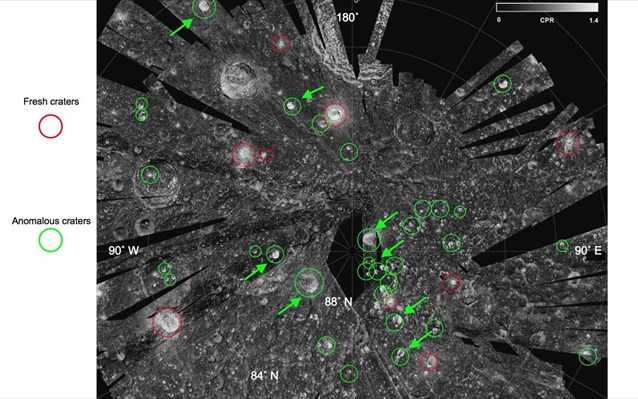According to a new survey that focuses on the presence of water in lunar rocks, the water on our planet and on its natural satellite may have the same origin.
If the scientists' finding is verified, it will be a strong argument in favor of the theory of the formation of the Moon from material that belonged to the primordial Earth and was detached due to some gigantic conflicts in the early years of the Solar System.
The extensive access of scientists to lunar rocks is due to the space missions on the Moon (manned and not), from which hundreds of valuable pounds of soil and rock samples were collected.
To date, most research has focused on the water content of relatively younger lunar rocks originating from the Moon's mantle. Instead, the new research focused on samples from elevated areas on the lunar surface that had been collected by the astronauts of the Apollo 17 mission. These rocks are considered to be much older since they arose from the crystallization of the surface of the magma that created the Moon and remained unaffected by the processes inside it.
These volcanic rocks contain amounts of apatite, a hydrogen-rich mineral that indicates the existence of water in the past of the Moon, and they also detected the presence of water in their crystalline structure. Using sophisticated techniques, they measured the isotopic composition of hydrogen and water in the samples, in other words a species signature signature of the specific molecules, allowing them to compare them with other molecules in different celestial bodies.
According to the researchers, the signatures which they discovered in the lunar rocks are identical to others discovered in meteorites on Earth, which may mean that the Moon's water can be transported with meteorites. But as the same molecular signatures are also found in the mantle of our planet, the water inside and the moon's water may have a common origin.
For the export safer conclusions about their past two bodies and their formation, a more precise time determination of the time when the meteorites bombarded them with water will be needed.
The research is published in the journal Earth and Planetary Science Letters.






